|
In January, the vineyard is sleeping. The leaves have dropped and the vines are taking a long winters nap. The little buds reassure me that the vines will wake up when spring arrives. But with the warm weather this year, one of the vines actually started flowering and forming little grapes - in January. This particular vine is a "Pam" and obviously self-pollinating, since it was able to form grapes all on it's own. It will be interesting to see if these grapes ever undergo veraison. Veraison is the turning point, at which the fruit softens and the fruit becomes sweet. Although the harvest usually gets the most attention, veraison is when the magic happens!
0 Comments
When we arrived at the farm, everything appeared normal. We went about our normal initial routine of penning and feeding the sheep and counting the chickens. As I was planning my next steps, I noticed that there was a cow standing in our back pasture. We don't own a cow. Our fence was built as a fortress to prevent coyotes from preying on our sheep and chickens. It's a 6 foot no-climb horse fence, buried one foot underground with barbed wire 6 inches from the top. Since this was a very large cow, my obvious reaction was that the fence must have come down somewhere. We did two perimeter walks and couldn't find any breaks. With all the rain we had this past summer, the area where we collect our duckweed stayed underwater for months. A week or so before this, as the water in the ditch started drying up, we realized that the bottom of the fence in that section had rusted and disintegrated up to almost 12 inches from the mud in some areas. Since this put our livestock at risk, we already had a call in to our fence man, Wayne McQuaig, who is hands down the best in the business. But a cow coming under a 12 inch gap seemed pretty improbable. I started thinking that I was being punked. At least five people walked the perimeter multiple times and couldn't figure out how she got in. Mia was very excited and hopeful that we had acquired a new addition to the farm, and named her Petal. Turned out, she's a Miniature Black Angus belonging to my neighbor to the east. He acquired her from the lady down the road who said the cow had a habit of getting out and wandering around the neighborhood. Petal wasn't happy. She mooed pathetically and stared wistfully at her friends on the other side of the fence. The sheep weren't happy either. Petal wanted to be with them, but they just panicked and tried to run whenever she came near. I called a friend and we coaxed her out the back gate to join back up with her herd. In the meantime, Wayne added a layer of field fence to the rusted out section in the ditch. But we all keep scratching our heads. My best guess is that Petals ultra short legs coupled with her hefty weight may have caused her to tumble over and sink in the mud far enough to roll under the fence and come up on our side. The good news is that she didn't already have a name and Mia is crazy excited that they will be calling her Petal from now on.
Our sweet potato vines are blooming with beautiful purple flowers. Sweet potatoes are related to morning glories, which is understandable when you see these flowers. The potatoes have already been harvested and these vines will die back with any winter freeze. Back home in the She-Shed there are sweet potato slips from these plants growing in glass containers along the windowsill. These are the plants that will be planted in the spring.
Living 30 minutes east of the farm requires a lot of planning around the weather. The Accuweather radar website helps us predict when we should leave Lakeland so we are most likely to have a pocket of clear sky to do our chores in Seffner. The radar map is updated every 15 minutes and shows how fast things are moving and the intensity of the precipitation. We ended up having about an hour and a half of dry weather this day, which allowed us to do the basics as well as take a few photos.
There's a ditch that runs along the west side of our farm. On the other side of the ditch is a cattle pasture and log burn pile. Duckweed and Water Hyacinth grow vigorously in this ditch, utilizing all of the wonderful nutrients from the surrounding field. From here, we harvest the aquatic plants and muck to use as a soil amendment for our crops. A curved hand fork is used to harvest aquatic plants and place them in buckets. A screen in the bottom of a plastic produce container works well for draining the pond mud and plants to make it lighter and easier for transporting. The containers are then taken to the vineyard and other crops to use as a soil amendment. As a bonus, sometimes you can find a very nice tadpole. This one was rescued from under a pear tree where were distributing the duckweed.
These photos were taken on New Year's Eve. The weather has been warm and beautiful.
It's hard to believe that anyone would be cooling off in a water trough at the end of December. But after a few hours of work and play, Piper was ready for the plunge... My New Year's resolution is to share the experiences of a part-time farming, slow work lifestyle. I've learned to carefully watch the weather, work in the rain, sweat in the heat and know when it's time to pack up before lightening strikes. Although there will also be a steep learning curve to keeping up with this story, it is hoped to be a challenging but rewarding journey! These dormant pecan tree buds are little promises for new leaves and branches in the spring.
|
My Story
Archives
May 2016
Categories |
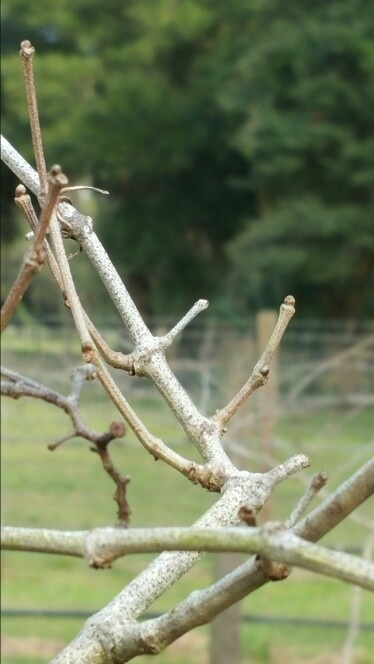
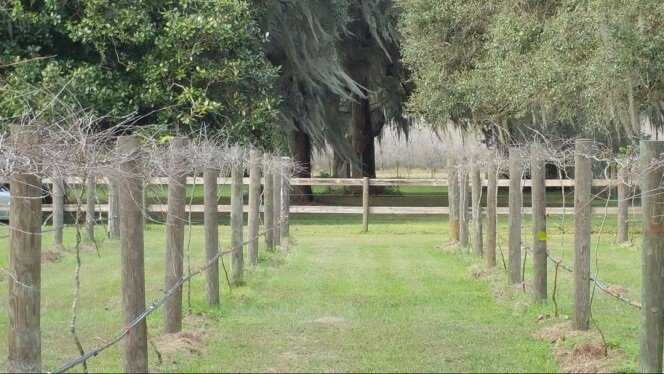
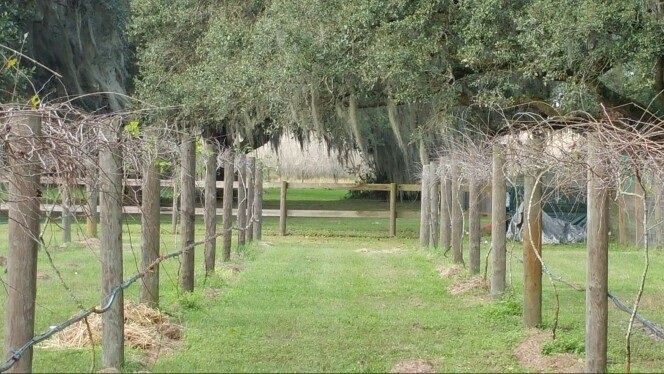
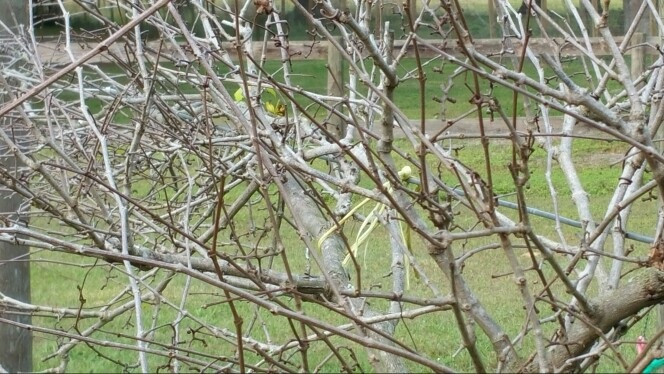
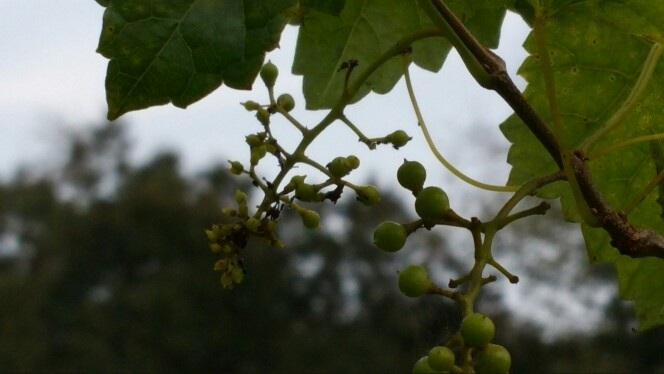
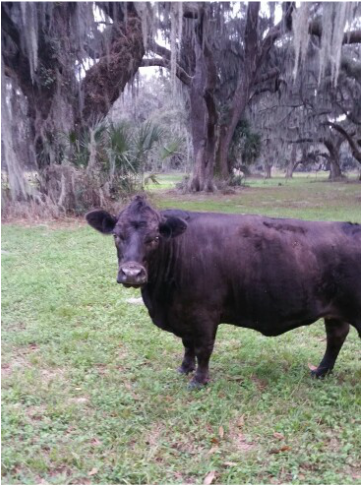
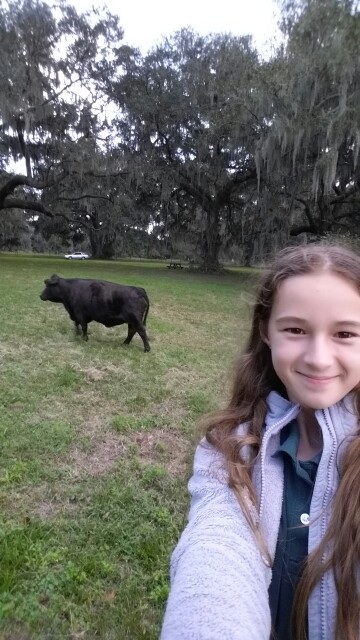
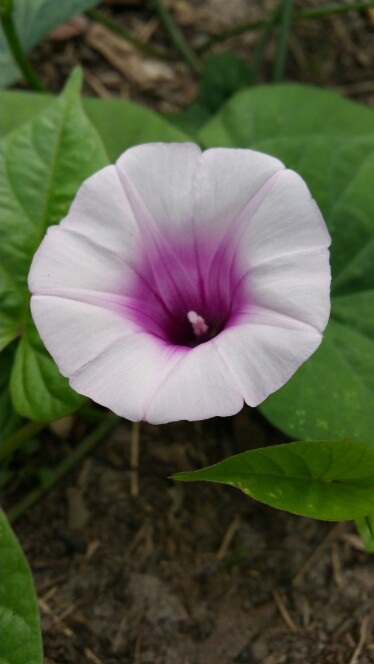
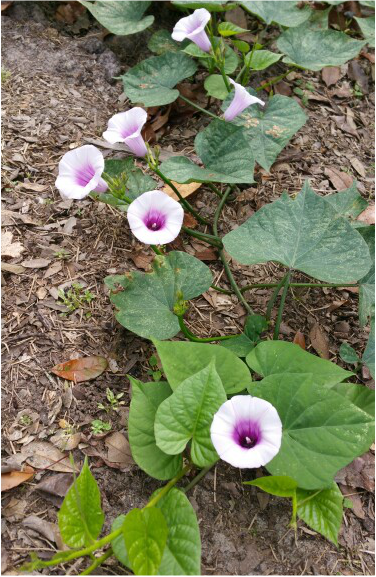
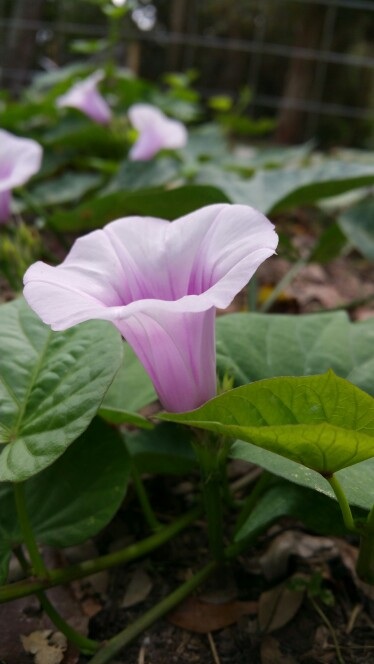
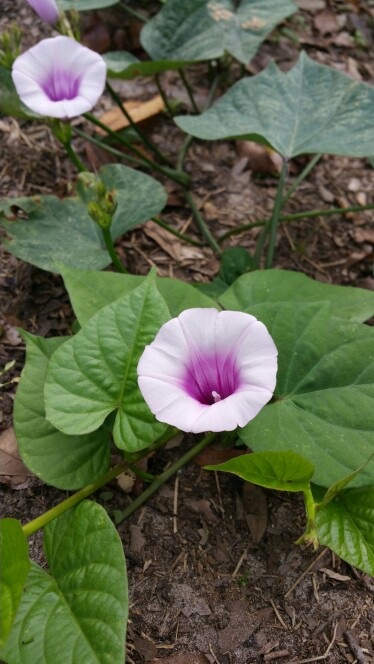
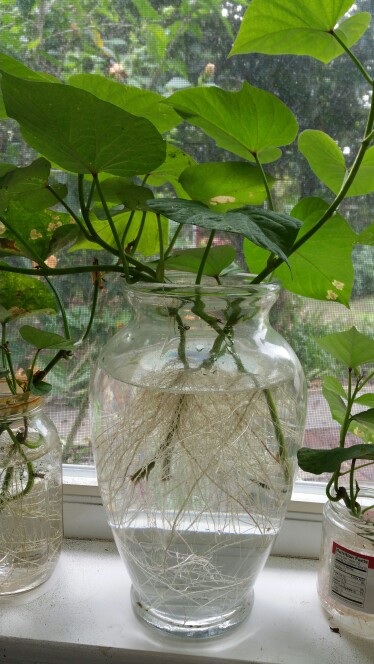
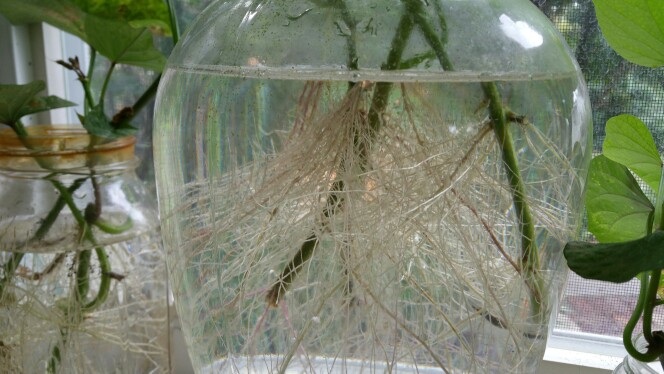
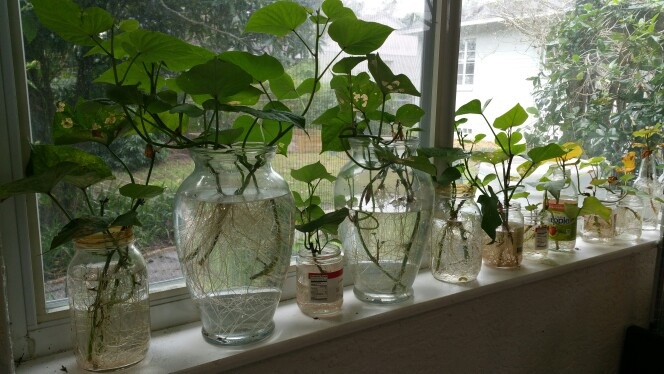
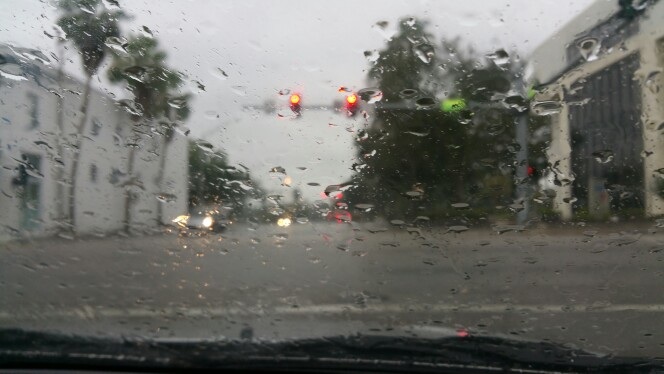
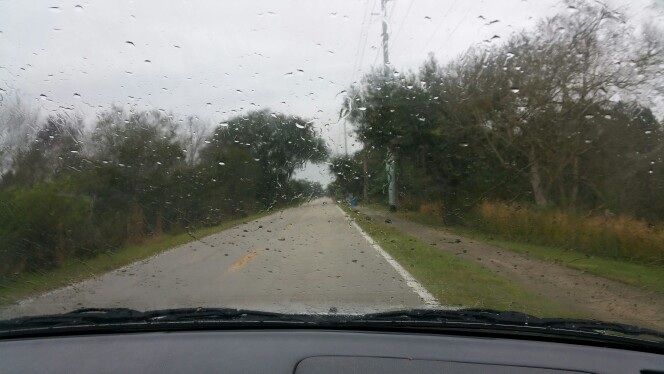
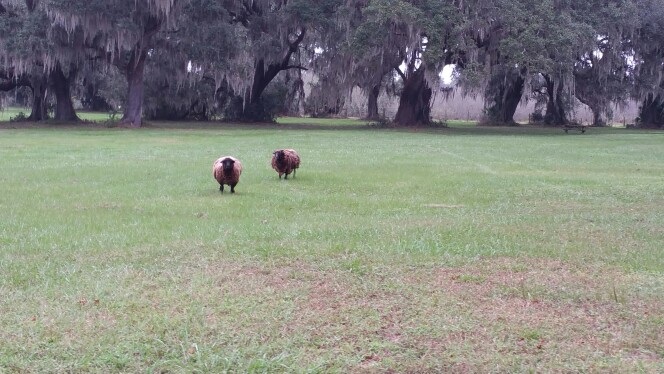
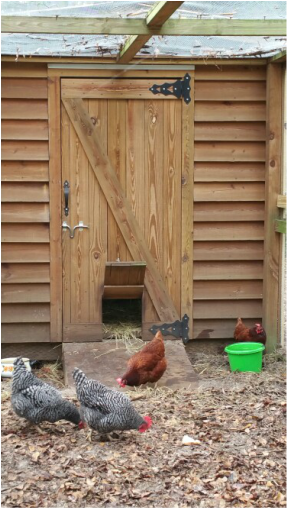
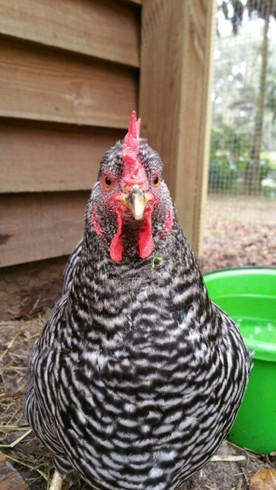
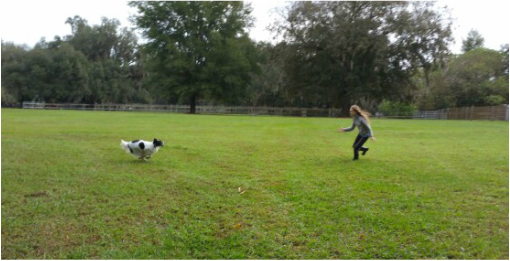
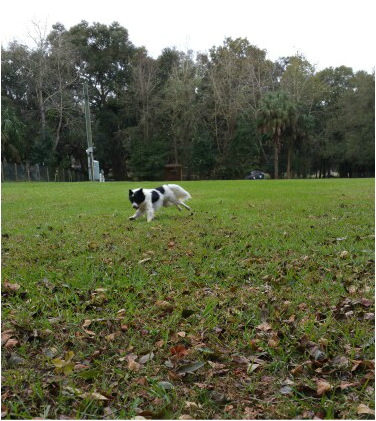
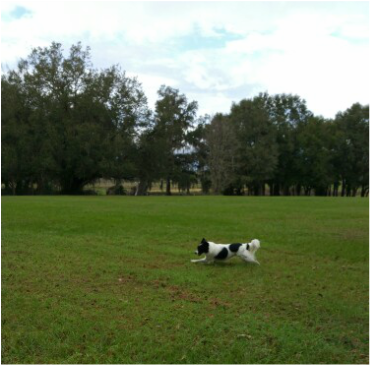
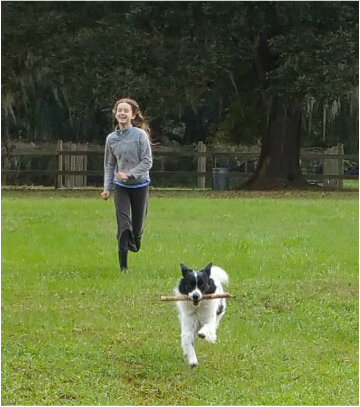
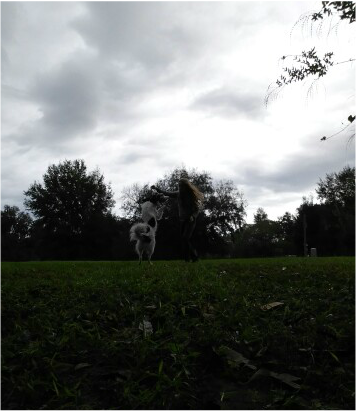
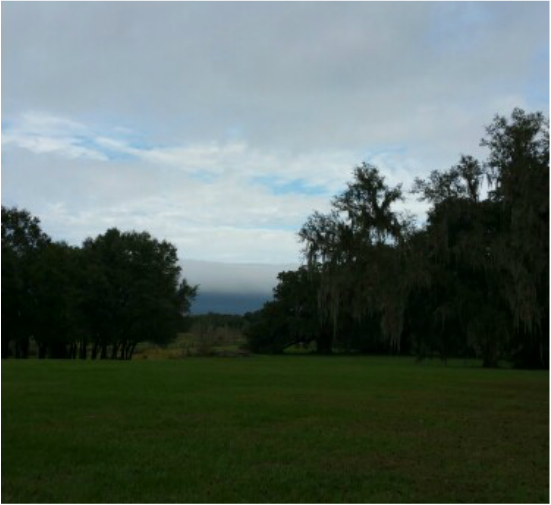
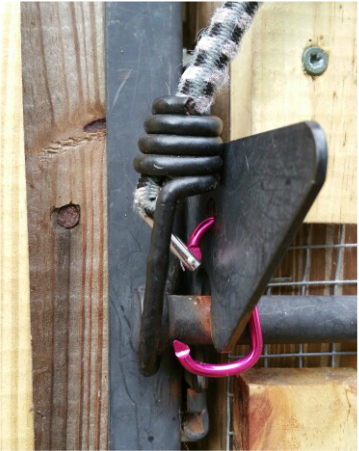
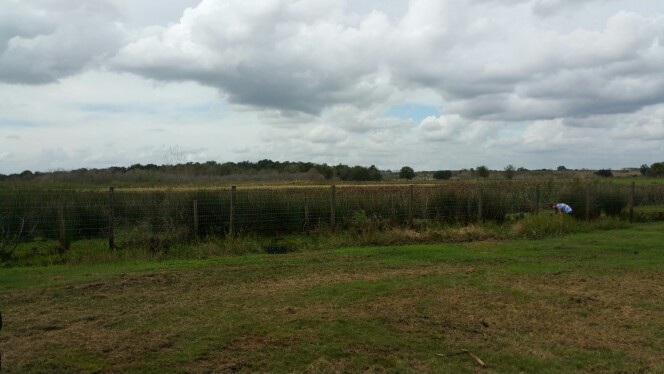
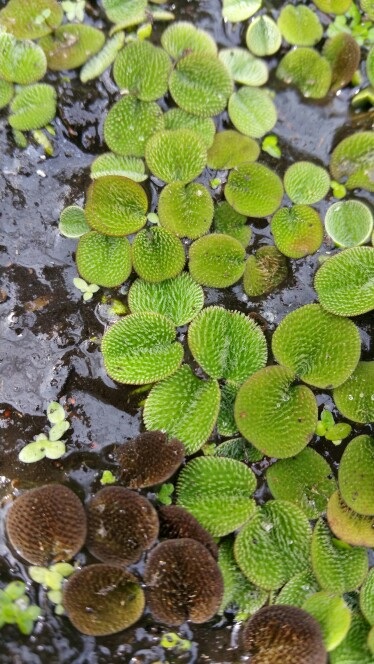
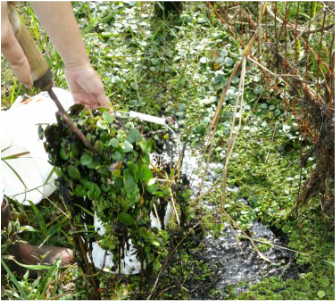
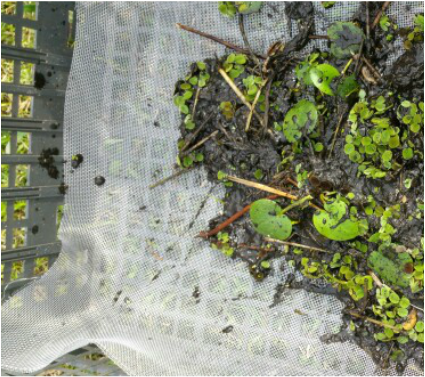
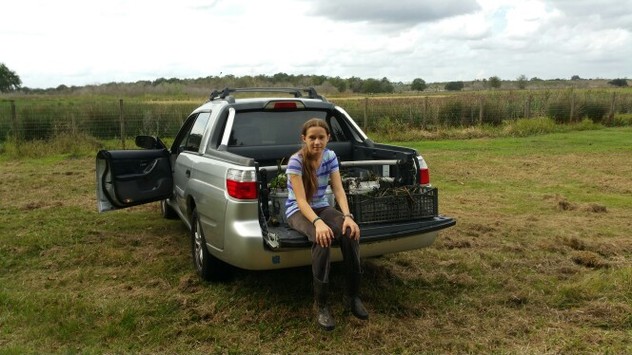
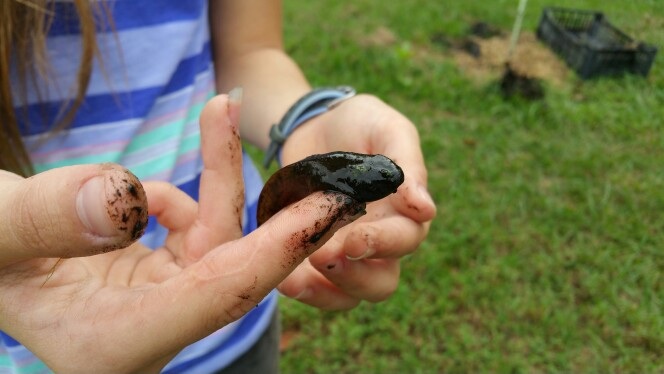
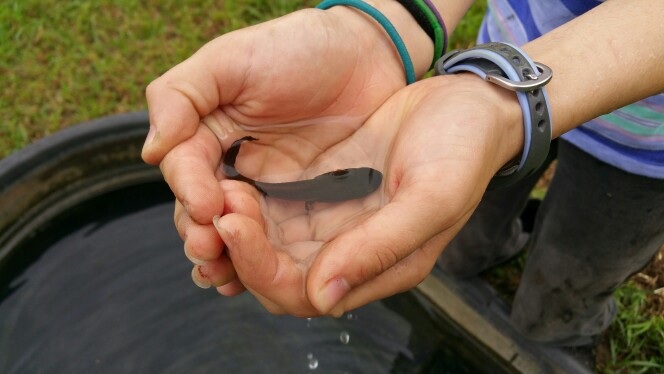
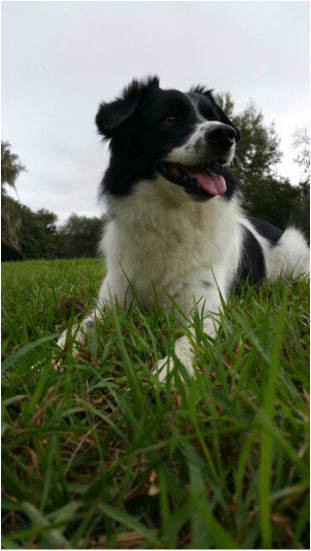
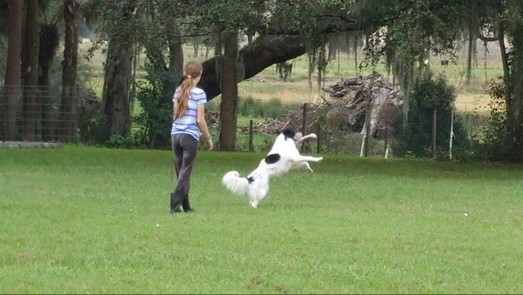
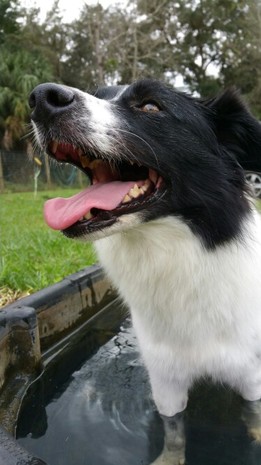
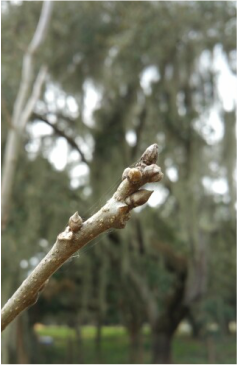
 RSS Feed
RSS Feed
